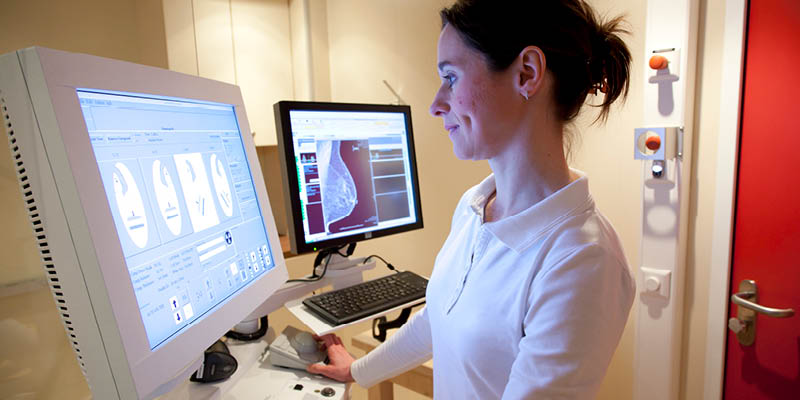
Achieve Interoperability Without Sacrificing Data Security
Nowadays, labs and imaging centers face increasing pressure to modernize their systems so patient records and results can easily be shared by a growing network of physicians. Great digital solutions and top-notch, instant communication between practices, imaging centers, and labs help achieve better patient outcomes – but with all this growth comes new challenges. In this article, we’ll discuss the basics of interoperability, the security concerns it presents, and how labs and imaging centers can tackle these issues before they arise.
What Is Interoperability?
The basic, dictionary definition is simple: Interoperability refers to the ability of a system to work with another system. In healthcare, interoperability defines the level to which different systems – on both software and hardware – can exchange and interpret data. When a practice and a diagnostic center are said to have interoperable systems, it means that they ably exchange data and then present it in a way that the end-user – maybe a physician or a radiologist – can understand.
There are three levels of interoperability. We discuss them below, starting with the least complex.
- Foundational or functional interoperability allows one system to exchange data with another system. There is no ability for the receiving system to attempt interpretation, and the data is available for use immediately. An example: A simple X-ray.
- Structural interoperability allows one system to exchange data with another system with some need for receiving-end interpretation. An example: A database of records.
- Semantic interoperability allows multiple systems to exchange data and seamlessly use information. The codified data enables providers to share patient data even when participants rely on different electronic medical record-sharing software. An example: Aggregated data used to identify public health concerns.
Why Does Interoperability Raise Security Concerns for My Diagnostic Center ?
Great strides in healthcare connectivity have increased the threat of private patient information being misplaced or stolen. There is so much digital patient data now, and sharing it between networks can put PHI at risk.
Modern healthcare struggles to find a balance between security and accessibility. Diagnostic center directors and administrators are busy; they want convenience. Double-encryption may annoy busy staff: Who has time to type in two super-secure, unique passwords?
But time-crunched personnel aren’t the only threat to the bounty of information stored on interoperable systems. The biggest risks to privacy in the healthcare sector? One survey says ransomware, hacking, and malware.
Wondering what hackers would do with all this medical information? They sell it. Says David Kennedy, a healthcare security expert to Reuters: “As attackers discover new methods to make money, the healthcare industry is becoming a much riper target because of the ability to sell large batches of personal data for profit. Hospitals have low security, so it’s relatively easy for these hackers to get a large amount of personal data for medical fraud.”
According to the Office of Civil Rights’ Health and Human Services department, 2015 witnessed 253 healthcare breaches, each of which affected at least 500 individuals. The breaches represented an aggregated loss of over 112 million medical records.
Carelessness is a major concern, too. Lost employee IDs and handheld devices lead to system compromises, too. Did you know that nearly half of all breaches affecting all sectors stem from lost devices such as laptops, tablets, and smartphones?
What Can I Do to Keep My System Interoperable – And Secure?
First things first: Accept that while it’s great to have information handy, it’s more important to ensure it’s extremely secure. Find a digital solutions vendor that sells top-notch software with cutting-edge security features. Insist on software that features double-encryption across all platforms and limits how data can be used and downloaded.
Remember that when used properly, interoperability offers security – not risk. When interoperable systems function securely and appropriately, encrypted information travels between networks seamlessly and securely. Work with your software vendor to make sure you’re abiding by best practices.
Train your staff to keep work-related mobile devices secure. Ensure new employees – and even old ones – understand privacy policies, security measures, and how to use EMR software. After all, flawless technology works best when only perfectly-trained employees utilize it.
Tags: communication, data security, EMRs, healthcare, information technology, interoperability, training